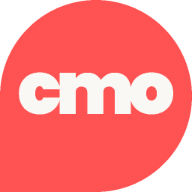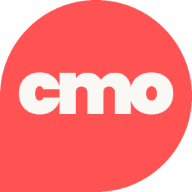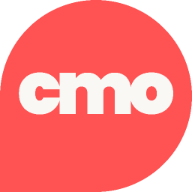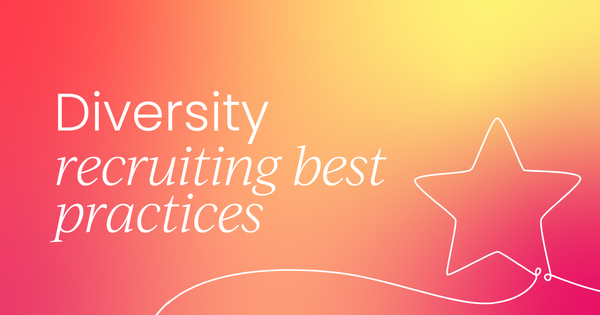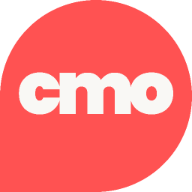People don’t just want brands to sell them stuff, they also want them to stand for something. For CMOs, this can be a great opportunity – after all, ethnically and racially diverse companies are more likely to outperform their competitors by 35%.
CMOs must lead the charge on diversity recruiting
Marketing is often the voice of a company, since it tends to shape the brand’s identity, tone, and message across every channel. But if the team behind that voice is not diverse at all, that message might fall flat.
That’s why CMOs can’t see diversity recruitment as a problem for HR only. When diverse talent is missing from the marketing team, it shows. Orgs won’t have the authenticity they should, or their messaging doesn’t land – worse, your brand may alienate people unintentionally.
Leading on diversity recruiting means being responsible for who’s in the room when creative decisions are made, ensuring the team represents a range of life experiences and POVs.
When CMOs do this, they improve work and build a culture of belonging across the org.
“We believe our diversity makes us stronger, smarter, and more innovative, helping us better serve the needs of our clients, our people, and our communities.” – Julie Sweet, Chair and Chief Executive Officer at Accenture
1. Clarify what diversity means for your org
Before you improve diversity, you have to define it, as this includes a range of characteristics, such as race, ethnicity, gender, age, neurodiversity, socioeconomic backgrounds, etc. In addition, diversity looks different in different companies.
As a CMO, you should start by carrying out an audit of your team: What’s the racial and gender breakdown of your department? Are there any LGBTQ+ individuals in leadership? Do you have team members from different educational backgrounds?
Beyond the numbers, it’s important you get qualitative insights (e.g., with anonymous surveys) to understand whether your team feels seen, heard, and valued – do they perceive your company as inclusive, are there barriers for career progression, are certain voices always missing from key conversations?
Once you have this information, you can set a clear definition of what diversity should look like on your team.

2. Rethink job descriptions through an inclusive lens
Don’t underestimate the power of a good job description, as the words you use can impact who applies. Many job ads are full of jargon, unrealistic requirements, and subtle bias that stops certain people from applying.
Audit your existing job postings for things to tweak, such as if you’re asking for more years of experience than necessary or listing a degree as a requirement when it might not be truly essential.
Instead, focus on what success looks like in the role. Frame responsibilities around outcomes and replace generic phrases with specific, inclusive language. For example, rather than saying “must be a self-starter,” you can describe the kinds of projects the candidate will lead and the autonomy they’ll have.
3. Expand your talent beyond the usual channels
One of the most common missteps in diversity recruiting is using the same networks, platforms, and referral sources that have historically led to non-diverse teams.
If your current sourcing strategy leans heavily on elite universities, personal networks, or a handful of LinkedIn job posts, you could be missing out on many qualified, diverse candidates.
To build a more representative pool, CMOs should work with recruiters to identify and engage with communities that focus on underrepresented groups (e.g., organizations that support LGBTQ+ professionals or forums for neurodivergent people).
It’s important this outreach is ongoing, not just when there’s a role to fill. After all, building relationships and trust with these communities takes time, but it increases your chance of attracting people who might not have considered your company otherwise.
4. Craft a more inclusive employer brand
The best candidates tend to look beyond job descriptions at company values, culture, and leadership. If your brand doesn’t visibly reflect diversity and inclusion, people will notice.
As a CMO, you have an advantage here because you own the storytelling, so use it for your benefit. Feature staff from a wide range of backgrounds in your recruitment content and/or share real stories about how your team celebrates cultural milestones, supports mental health, or champions LGBTQ+ rights.
Avoid stock imagery in your diversity, equity, and inclusion statements, as that will come across as inauthentic. Show what inclusion looks like in the action, too – e.g., a mentoring program for young people.
Your social channels, careers site, and brand should reflect this commitment. When diverse candidates see themselves represented in your content, they’re far more likely to imagine a future with your company.
5. Build a bias-resistant process
Even the most well-intentioned hiring efforts can hide unconscious bias in job descriptions and interviews.
We’ve already touched on job descriptions, so let’s look at interviews. It’s crucial you standardize the process by creating structured guides that ensure everyone is evaluated on the same criteria, rather than “culture fit” (which often can be a stand-in for bias).
Diversify your hiring panel by bringing in voices from across the organization, especially those from different backgrounds and functions, as this helps with blind spots.
In addition, invest in anonymized resume screening at the top of the funnel. If you remove identifying information like names, universities, photos, and addresses, you can more easily prevent early-stage bias and keep the focus where it belongs: on skills, experience, and potential.
Many orgs rely on tools to make this job easier, as AI minimizes sentiment-driven biases by 41.2%, allowing you to improve your recruitment process when it comes to equity.
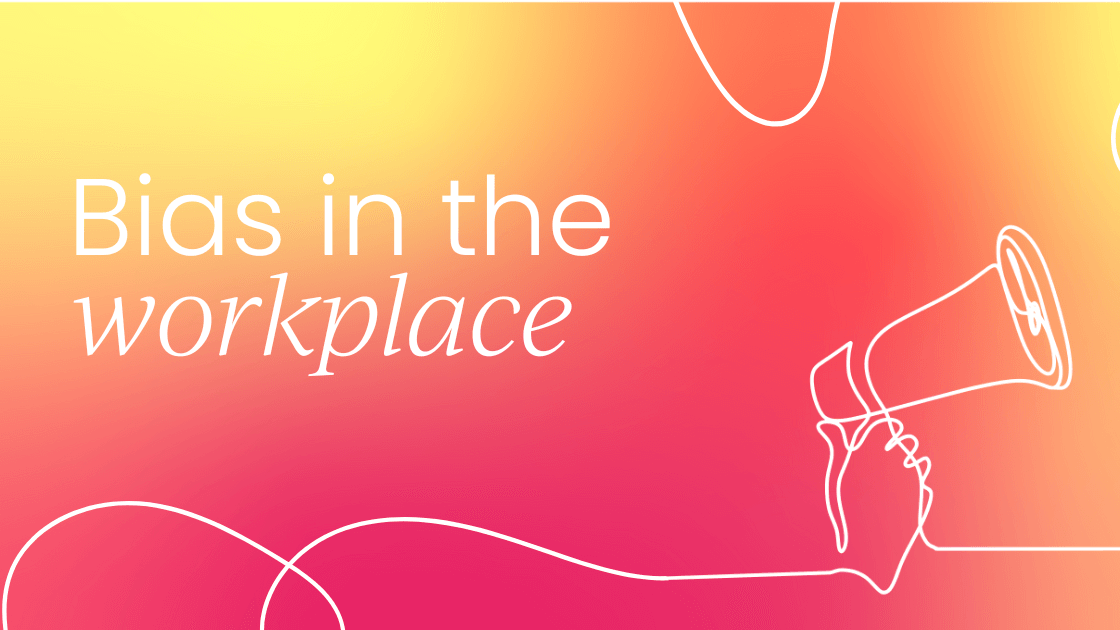
6. Track the right metrics and act on the data
To really make progress in diversity recruiting, you must track who you hire, how they move through your process, and where they may be dropping off.
You can start with the basic data:
- How diverse is your pool of applicants?
- How many of them advance to interviews?
- Who’s receiving offers and who’s accepting them?
- Do people from certain backgrounds exit earlier in the process?
- Are diverse hires retained at the same rate as others? Are they getting promoted?
When you spot patterns (like lower salary offers for women or BIPOC candidates), you should dig deeper. It might be a sign that the job ad isn’t resonating, or maybe there’s bias in the works.
Either way, these insights should lead to a change in your recruiting strategy – otherwise, you may face loss of reputation or even a lawsuit.
For example, the Gonzalez vs. Abercrombie & Fitch case, in which a class-action lawsuit accused the company of systematically discriminating against Black, Latino, and Asian American applicants by denying them sales roles and relegating hired minorities to less visible jobs.
The case led to a $40 million settlement and, as part of the agreement, the company had to overhaul its hiring practices, appoint a VP of Diversity, and implement concrete diversity benchmarks and training programs.
7. Foster a culture where inclusion goes beyond hiring
The ultimate goal of diversity recruiting isn’t just to fill seats, but to build a culture where everyone thrives. That’s why retention, inclusion, and career development are just as important as recruitment and selection.
So, you need to look at the picture after hiring people. Ask yourself if all employees feel safe in being themselves at work, if their ideas are valued in meetings, and if they have access to mentorship, sponsorship, and growth opportunities.
Promotions matter here, too. It's crucial to have representation at junior levels, but this is only meaningful if there's a path to leadership. So, why not invest in leadership development programs that support underrepresented groups and create feedback loops that allow employees to share concerns anonymously?
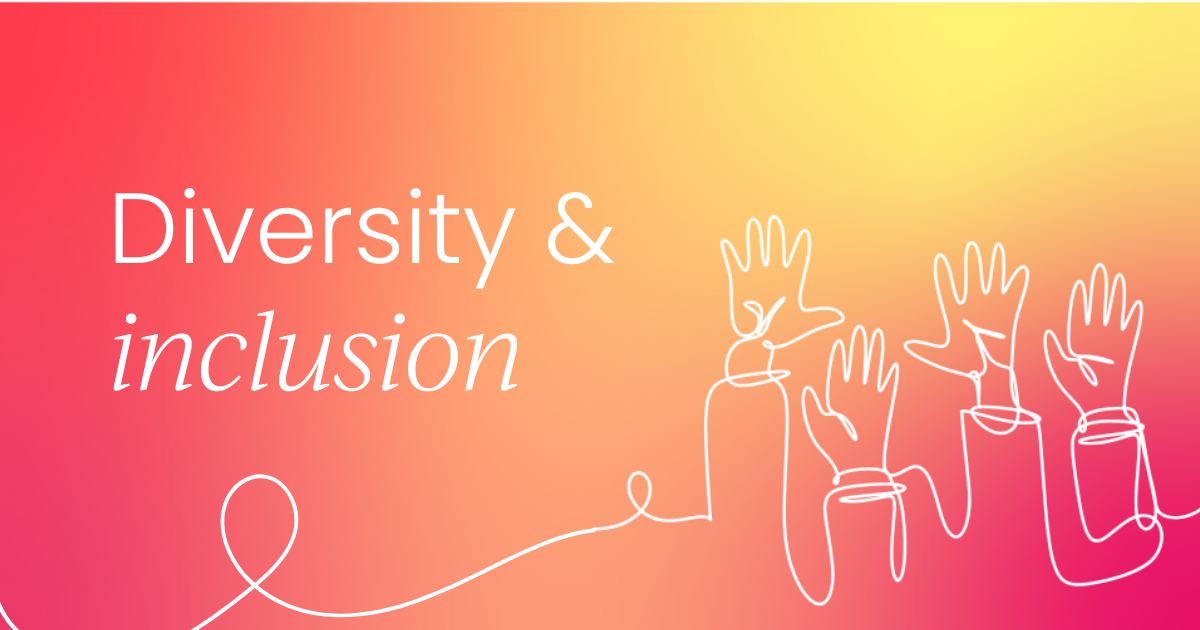
In short
By committing to diversity recruiting best practices, you build more than a team – you build a culture. One that reflects the markets you serve, resonates with your customers, and pushes your brand forward in bold, authentic ways.
Join our Slack community to connect with CMOs and marketing leaders from all over the world, get answers to your questions, share your opinions and ideas, get inspired by your peers, and so much more.
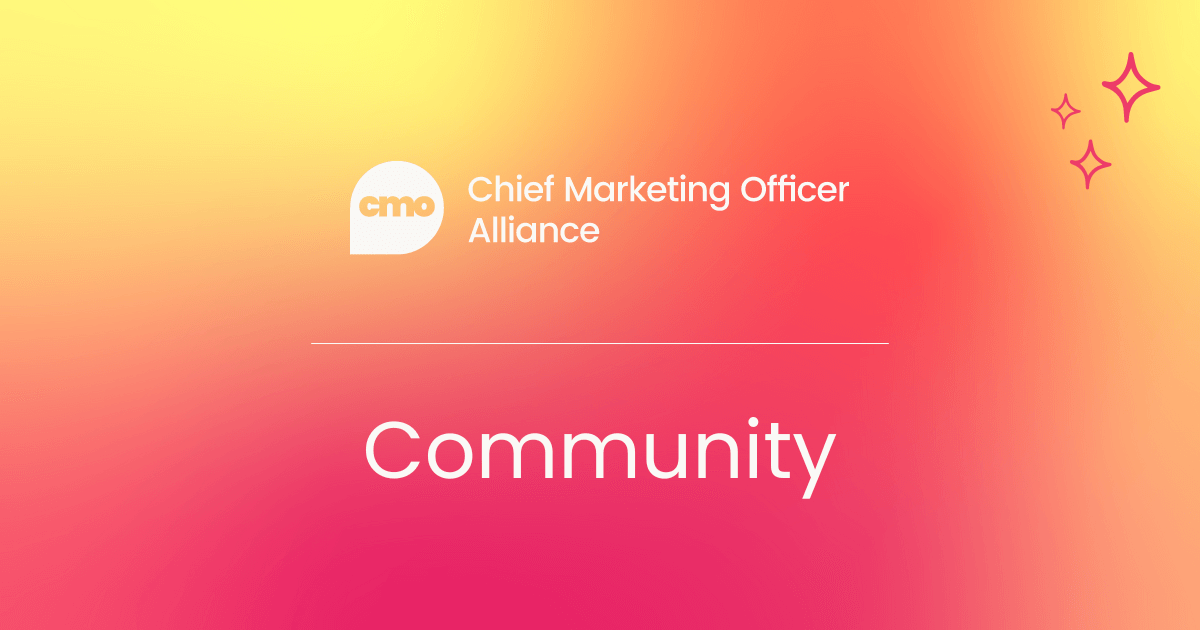






.png)


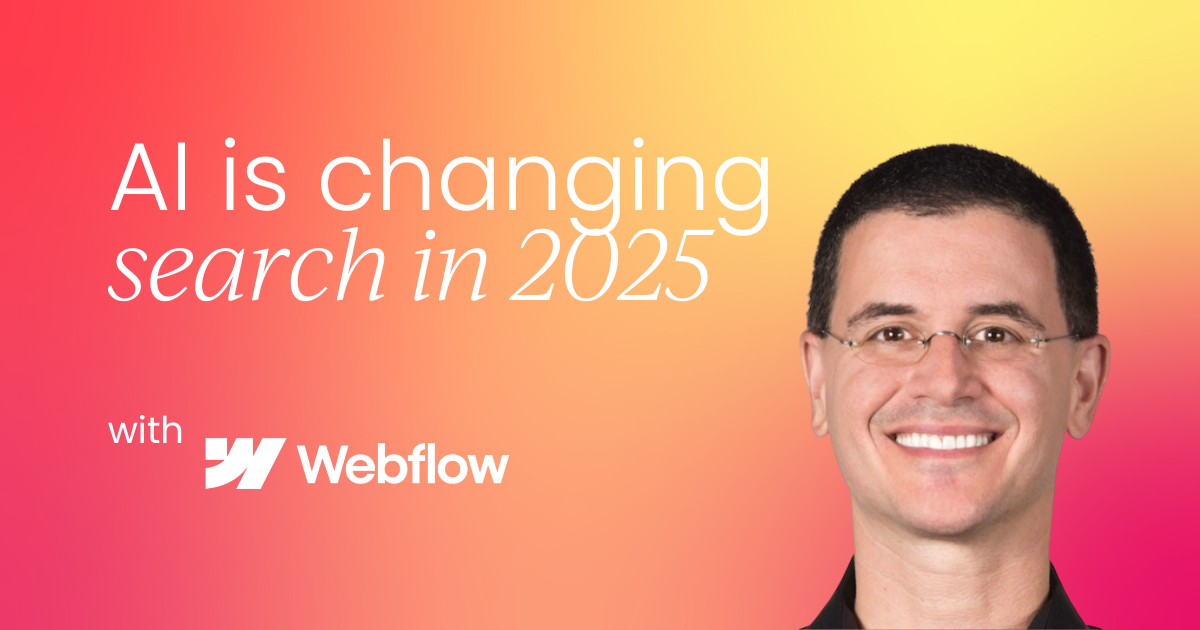
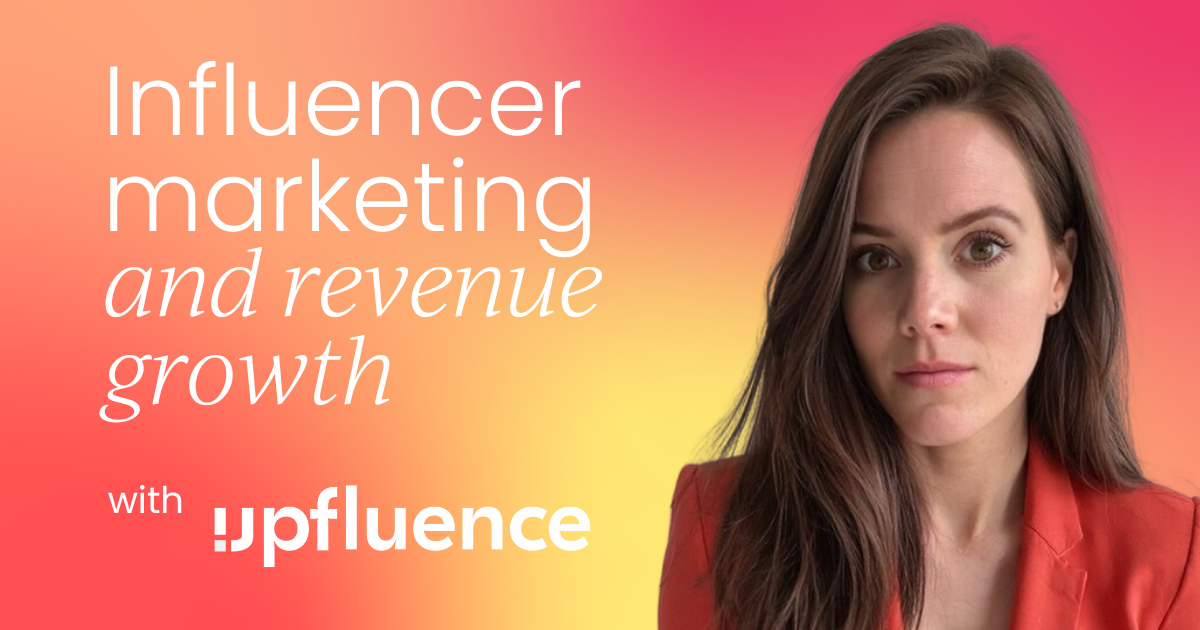
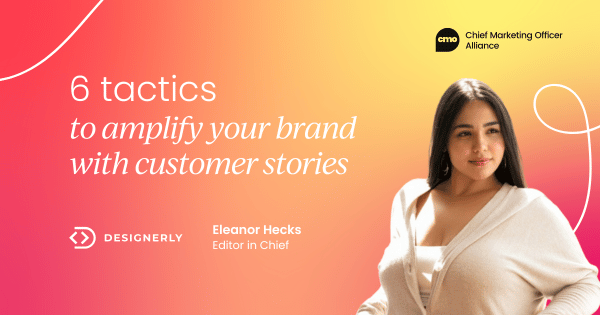




 Follow us on LinkedIn
Follow us on LinkedIn